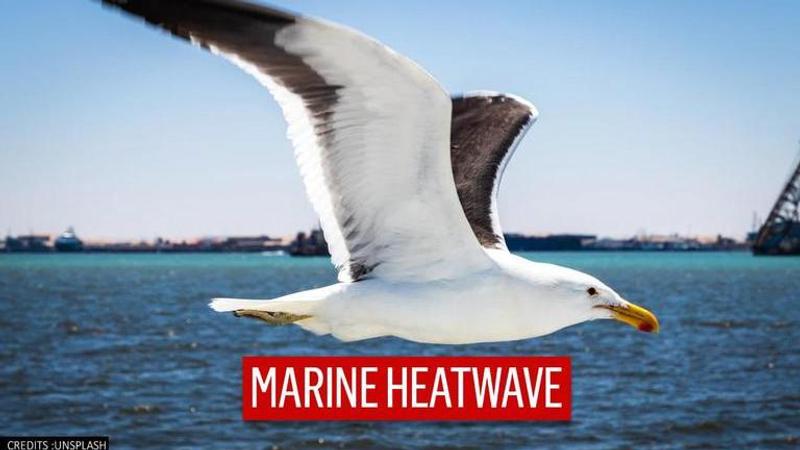Published 01:48 IST, November 19th 2020
New Zealand prepares for marine heatwave as scientists note warmest winter on record
New Zealand is on the verge of a marine heatwave after recording temperatures nearly two degrees above average in coastal waters off the North Island.

New Zealand is on the verge of a marine heatwave after recording temperatures nearly two degrees above average in coastal waters off the North Island, climate scientists have warned.
According to the National Institute of Water and Atmospheric Research (NIWA), a marine heatwave is developing with above-average temperatures recorded throughout October, following a record warm winter. A 'marine heatwave' is an extended period of extremely warm ocean temperatures above the 90th percentile, that can extend up to thousands of kilometres.
In New Zealand, the warmest seas are north of the North Island where ocean temperatures are believed to be 1.6 degrees Celsius above the November monthly average while the sea temperatures off the coast of Northland are between 18 and 21 degrees Celsius. Meanwhile, the temperatures in other parts of the country were between 0.7 and 1.1 degrees above average, NIWA meteorologist Ben Noll informed.
New Zealand is in the middle of a La Nina year which is often associated with warmer sea temperatures on both sides of the Tasman.
According to The Guardian reports, Noll said that nine times out of 10, Northland’s sea temperatures are cooler than the current phase for this time of year which makes the recent observation quite unusual. He added that the region was not even at the peak of sea surface temperatures which typically occur over January and February.
The development of the marine heatwave came after climate experts in the country gave their predictions for the coming summer. They predicted the summers to be long, hot and dry, with an increased risk of bushfires and drought. As per reports, the High-pressure systems in October brought more sunshine, warmer temperatures and less wind than normal. This pattern led to the warming of the sea surface and prevented cooler water underneath from mixing to the top, informed Noll.
The 2018 marine heatwave
Furthermore, the country experienced the hottest summers in 2018, largely propelled by a marine heatwave that saw sea temperatures rise by as much as six degrees in some areas. The average ocean temperature during January that year was 20.3 degrees Celcius more than three degrees above normal.
The warm seas led to a significant influx of fish and marine life usually found only in tropical climates, including the Queensland groper, whose usual habitat is the Great Barrier Reef. The marine heatwave in 2018 also led to an increase in land-based animals, including an explosion in the rodent population.
Updated 01:48 IST, November 19th 2020




